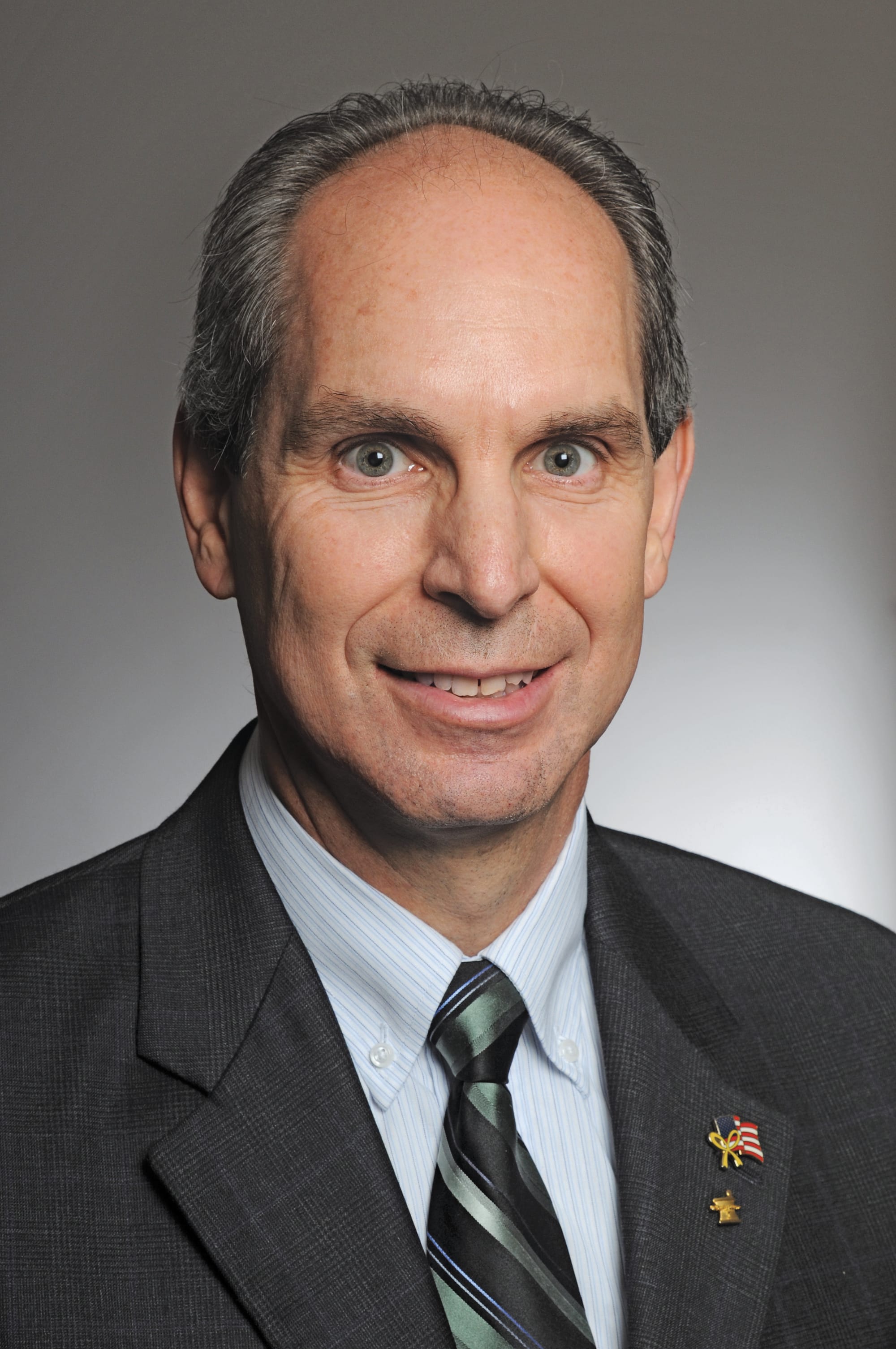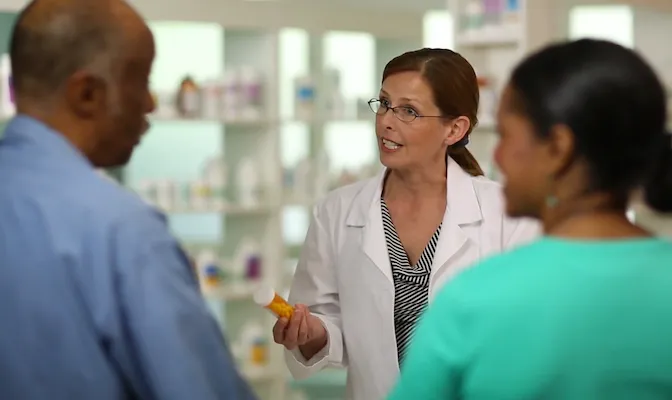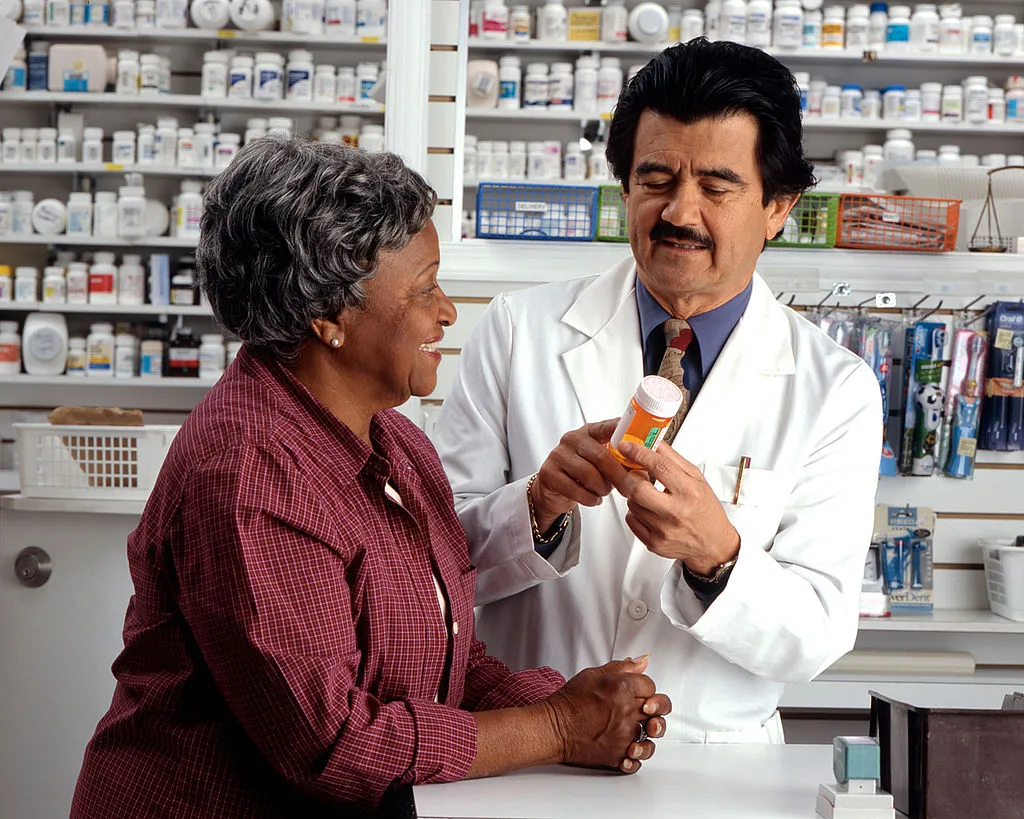NEW YORK — There is no question that consumer shopping behavior is forcing brick-and-mortar retailers, e-commerce providers and consumer packaged goods companies to look for new growth opportunities and ways of providing differentiated shopping and brand experiences. One channel that is growing, and often overlooked, is the independent pharmacy channel, at over 22,000 stores strong.

Dave Van Howe
Wholesale drug independent pharmacy sales represent over 6% of total U.S. drug dollar sales (health, beauty and wellness, or HBW). The wholesalers that provide these independent pharmacies with products and services have evolved from pharmacy pick, pack and ship service providers to trusted suppliers of products, technology, infrastructure and HBW expertise. In the last few years, the wholesale independent pharmacy channel has outpaced the U.S. drug market, with a three-year compound annual growth rate of over 2.5% (HBW), compared to 1% for total U.S. drug. This is impressive growth in a very challenging retail environment.
For the sake of this article, we will concentrate on the wholesaler’s evolution from product providers to shopper-focused, data-rich, solution-rich category management teams with a focus on helping their independent pharmacy owners to grow front-end sales and profits.
Continued prescription reimbursement reductions and market consolidation have incented the independent drug channel to find other ways to serve the complete health needs of their patients/customers. This presents an opportunity for suppliers.
To illustrate how things are changing in this channel, we will take a quick look at five myths and whether there is any truth behind them.
• Myth 1 — The role of wholesalers is rapidly evolving from a provider of pick, pack and ship services to a provider of health care solutions tailored to meet the needs of independent community and chain pharmacies, hospitals, and long-term care and other facilities.
• True — Independent, regional and chain accounts are operating in a complex new retail world. Everyone is trying to differentiate and compete with products and offerings that customers can find online versus in-store. “Wholesalers are a tool to help our retail partners with this opportunity,” says Naomi Duval, director of consumer health at Cardinal Health Inc. “The sheer breadth of product and national distribution allow us to get nationally popular as well as niche items, local favorites and tailored assortments to the right place at the right time. We can help all our retail partners meet their localization strategies by being an extension of their supply chain to meet their evolving and diverse shoppers’ needs.”
AmerisourceBergen Corp. executive director of consumer products Doug Trueman concurs: “Many of our pharmacy customers look to us for retail guidance, data and resources to better compete. Our category managers are focused on partnering with our manufacturers and customers to deliver relevant product solutions that enhance the patient care experience and help our customers run a smarter, more profitable retail business.”
• Myth 2 — Once a supplier gets its product listed in the wholesaler catalog, it falls into a black hole and the supplier has no way to monitor sales or help the wholesaler to generate sales.
False — Over the years, the wholesaler community has become more sophisticated and has access to multiple data streams such as point-of-sale (P-O-S) scans, outbound shipments, market basket sizes and cross-channel supply chain inventory. The data is rich, insightful and shared with their supplier partners.
Data shows that over half of the independent community pharmacies are not currently stocking a significant percentage of top-selling items. Educating independent community pharmacy owners is a role the wholesalers’ category management teams welcome. It is their way of showcasing how a suppler’s innovative products and services impact a pharmacy’s bottom line. Along the same lines, many independent pharmacies are now following planograms that are created by the wholesalers’ category management teams.
• Myth 3 — Promotion is an important way for suppliers to generate incremental sales with independents.
True — Current data portals open myriad in-store promotional activities, and many independent community pharmacies participate in wholesalers’ promotional vehicles to drive incremental sales and inventory turns. In addition to traditional printed circulars, P-O-S data capabilities give many independent community pharmacy owners the ability to participate in temporary price reductions (TPRs) and other consumption-based programs. Products participating in TPRs are seeing average unit movement lift of over 35%, and among top-selling items the average is over 50%.
• Myth 4 — Working with the wholesaler is more expensive than dealing with chain drug stores.
False — Wholesalers provide an efficient way for manufacturers to drive their brands and connect with the independent community pharmacy customer. At AmerisourceBergen, Trueman states that “we’ve created a very transparent data-centered environment for our manufacturers and category managers to collaborate. As a result, we are deliberate about choosing the right marketing opportunities and how we allocate funds to produce positive results.” And Cardinal’s Duval notes that “suppliers who are capitalizing on this channel have learned to see the wholesaler as an extension of their sales efforts, and more and more of them are recognizing the ability to drive distribution, education, awareness and consumer promotions in stores with their brands.”
• Myth 5 — The independent community pharmacy channel patient experience is best-in-class, and wholesalers can be an important partner to help educate consumers on my brand.
True — The three independent pharmacy groups supported by wholesalers were ranked highest in the J.D. Power 2017 U.S. Pharmacy Study’s Customer Satisfaction Index for brick-and-mortar chain pharmacies. The chains (ranked in order) were Good Neighbor Pharmacy (AmerisourceBergen), Health Mart (McKesson Corp.) and Medicine Shoppe Pharmacy (Cardinal).
The independent community pharmacist-owners can truly “localize” their store assortments based on the needs of their patients. They work hard to differentiate themselves through the strong, trusting relationships they build with patients, taking the time to fully engage. This engagement extends into opportunities to help the pharmacist-owners better manage their customers’ whole health, in the form of patient care services (immunizations, medication adherence and medication therapy management) and O-T-C products.
Wholesalers provide independent pharmacy owners with an abundant array of tools to enhance their patients’ care — from education on current health and wellness trends, new products and adjunct therapy recommendations to tips for creating lasting patient relationships.
Michael Kozin, director of drug wholesale and managed markets at Reckitt Benckiser, highlights the value the company has gained: “We found that there were so many untapped opportunities in this space that we launched a dedicated sales force selling directly into this market. By following the four Ps of marketing (product, place, price, promotion), not only have we been able to achieve impressive growth in our business, but the stores have also seen incredible category growth.”
The independent pharmacy channel and drug wholesalers continue to capitalize on every available opportunity to adjust to changing marketplace needs, strengthen their position as destinations of choice and drive performance. The drug wholesaler leadership teams are committed to leveraging data, technology and their business acumen to help their independents grow. The ahead-of-market growth we see in this channel proves that independents are succeeding and that the channel holds substantial growth potential for suppliers that embrace it.
Dave Van Howe is an executive vice president and client lead with Market Performance Group. He can be contacted at dvanhowe@mpgllc.net









